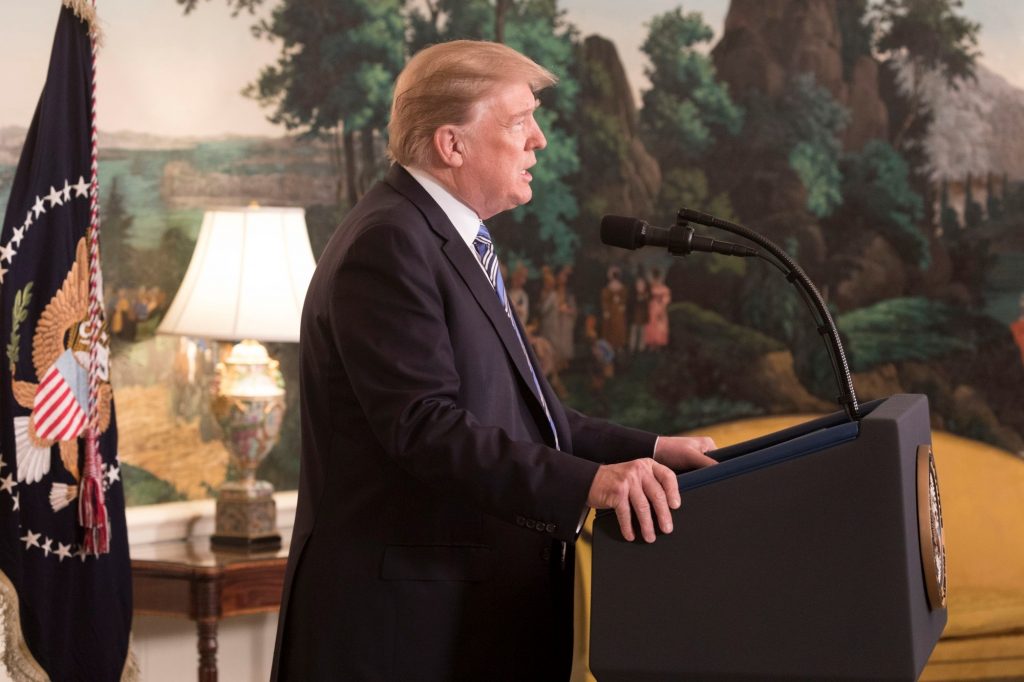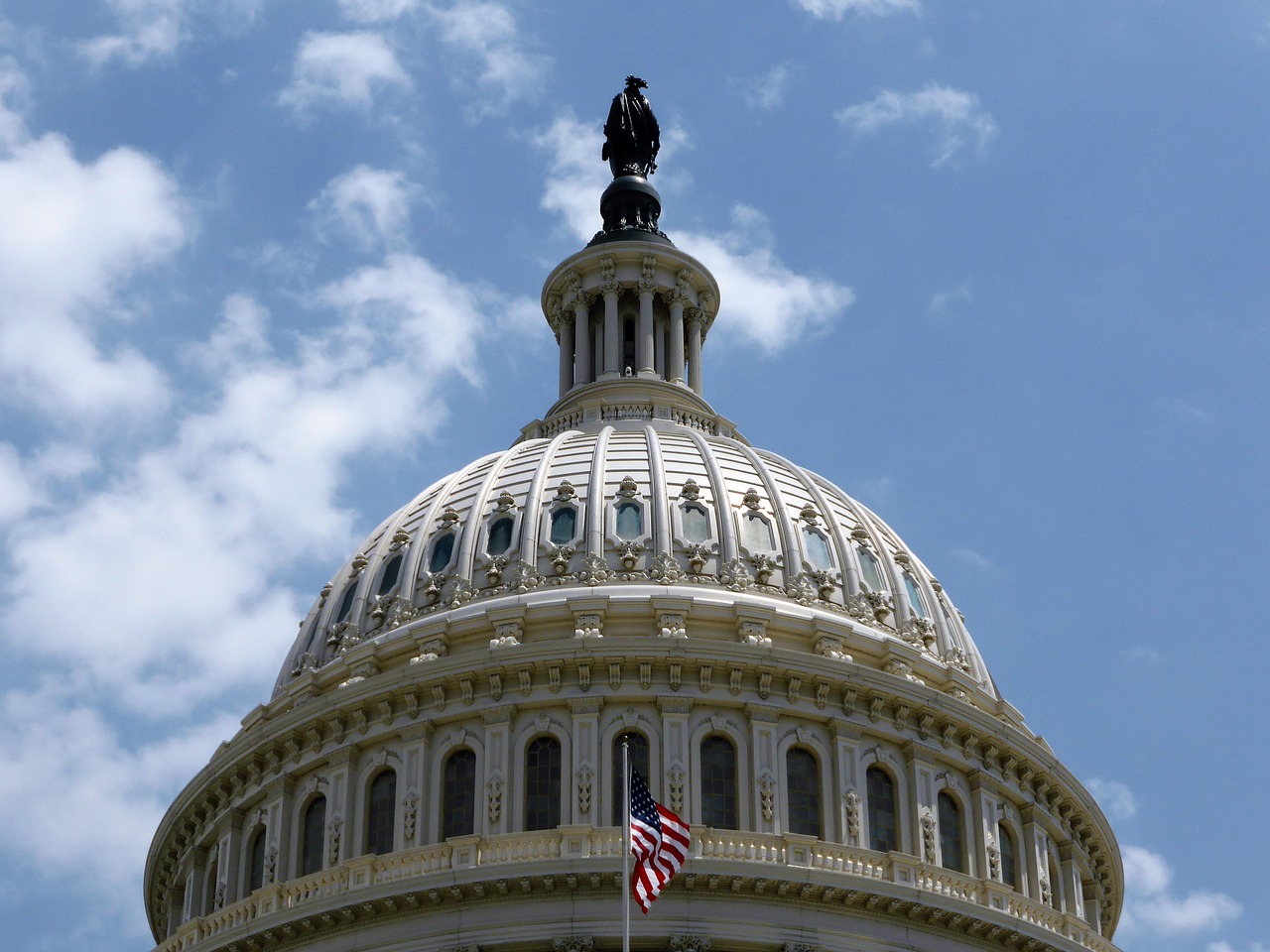Analysis: What New Bump Stock Restrictions Mean for America
On February 20, President Trump instructed the Justice Department to issue regulations on bump stocks, the devices that can allow non-automatic weapons to fire like automatic weapons, leading to rapid-fire assaults.
Bump stocks were relatively unknown in mainstream American consciousness until the devastating attacks of the last year, most notably the Las Vegas shooting that occurred in October 2017. The gunman in the Las Vegas shooting used bump stocks to fire as many as 90 gunshots in ten-second rapid-fire bursts.

Considering the potential for destruction these “firearm enhancers” bring, the regulations are a common-sense solution to minimize potential injury and loss of life in a mass shooting. However, although this step by the President is a step forward in the regulation of firearms, it is important to examine whether regulating bump stocks will actually do much to prevent more violence.
A bump stock allows the recoil to go back and forth, bumping the trigger against the finger at a higher rate, and thus helps the shooter unleash an entire magazine in seconds. Yet, this technology is fairly recent – only appearing in stores within the last decade – and was not commonly sold until after the Las Vegas shooting.
In fact, examining the most devastating mass shootings of the last few years shows that the Las Vegas shooting was the only one where a bump stock was involved. The Pulse shooting in Orlando was conducted using an automatic weapon – as were the devastating shootings at Newtown and Parkland, Florida.
So, although the shooting in Las Vegas was crushing with 58 victims and an additional 489 wounded concert-goers, it stands alone as an isolated example of the possible ramifications of the widespread use of bump stocks. President Trump took a step forward, but it was not the biggest step he could have taken, and had few political ramifications.
Since the Las Vegas shooting there has been bipartisan support for regulations on bump stocks, including support from key members of the gun lobby and the National Rifle Association (NRA). This may have been a great step forward – but it was not risky by any means.
What is the next step? Hopefully, banning the use of military-style automatic weapons – especially the AR-15.
The AR-15, touted as one of the most popular guns in America, is the common factor in many of the most catastrophic mass shootings over the last few years – Orlando, Newtown, the Texas church shooting, Parkland, and many more have felt its impact. Yet, America’s favorite gun faces no extra restrictions in most states.
California, Connecticut, New Jersey, and New York have the lowest rates of gun deaths in the country – and some of the strictest gun laws. Imagine what could happen if every state placed limits on the deadliest of weapons?
This is the next step. Now is not the time to keep taking small, heavily supported steps to minimize gun violence in our country. Survivors from the Parkland shooting are taking a stand as they plan their “March for Our Lives” march on Washington. Parents of the victims are taking a stand as they lobby legislators for restrictions on automatic weapons. On behalf of students and survivors across the country, it is now time for the highest office in the land to take a stand.
Place restrictions on the AR-15. Make it more difficult to purchase military-grade weapons. After all, who ever said it was easy to be on the right side of history?




